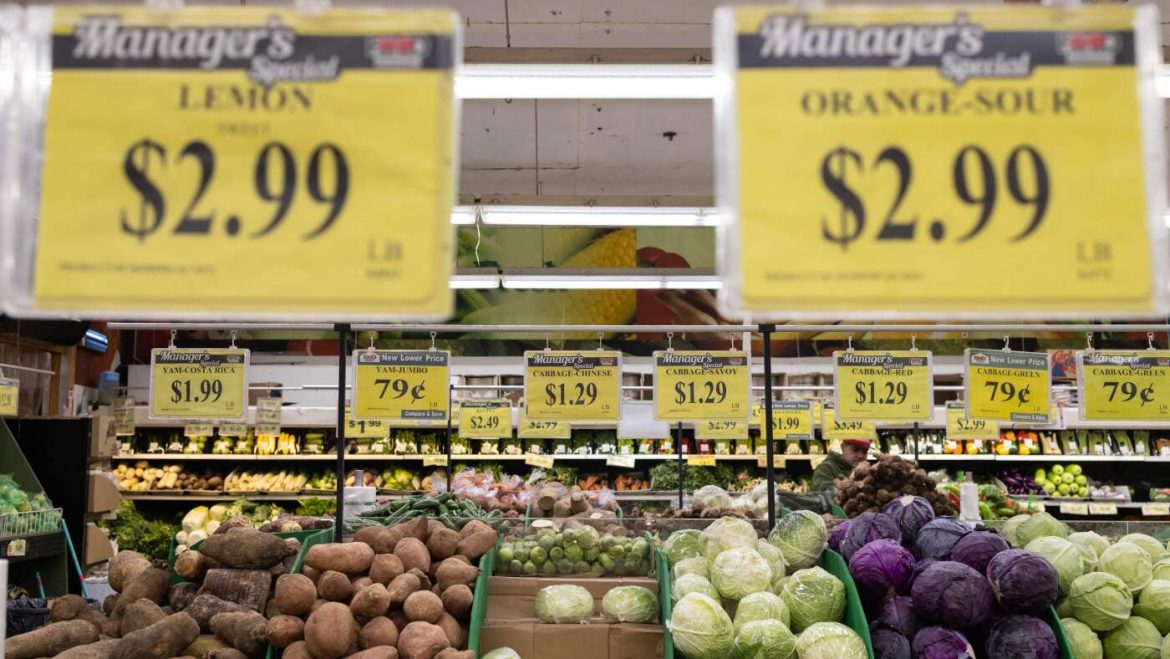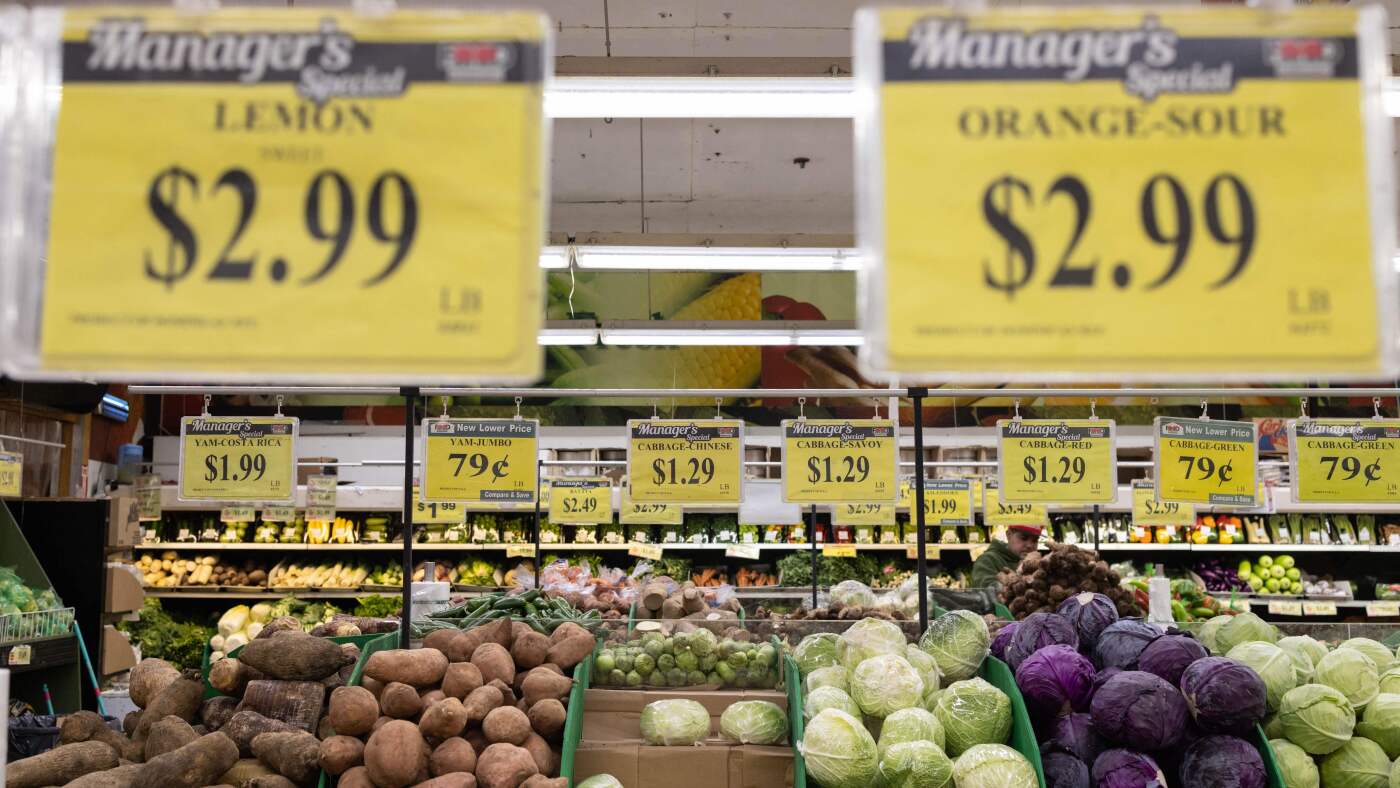Current Inflation Trends in the U.S. and Utah: A Detailed Analysis
Understanding inflation’s nuances requires a thorough look at recent data, regional impacts, and the challenges in measuring price changes effectively. Recent reports from the U.S. Bureau of Labor Statistics (BLS), local news outlets, and economic research organizations paint a complex picture shaped by evolving economic pressures, data collection constraints, and geographic disparities, especially highlighting the state of Utah.
—
Inflation Movements in April 2025: Broader Context
According to recent figures from the BLS’s Consumer Price Index (CPI) for the West Region in April 2025:
– Core Inflation Rose: The index for all items excluding volatile food and energy categories increased by 0.4 percent.
– Significant Price Gains: Prices surged especially in recreation (+0.7%), new and used motor vehicles (+0.4%), and shelter (+0.3%). These indicate persistent demand and rising costs in durable goods, leisure activities, and housing.
– Price Declines in Select Areas: Contrasting with the above, apparel prices fell by 0.6%, and alcoholic beverages by 0.3%, reflecting sector-specific softness or increased competition.
This inflation signal reflects both ongoing pressures in shelter and vehicles, which are critical components of household expenditure, and some easing in discretionary items.
—
Challenges in Inflation Measurement Amid Staffing Shortages
A notable complication affecting inflation data reliability is the federal government’s recent scaling back of price collection efforts. Staffing shortages have forced the Department of Labor to reduce the volume of price checks:
– Suspended Data Collection in Certain Cities: Price gathering was halted entirely in cities including Provo, Utah; Lincoln, Nebraska; and Buffalo, New York.
– National Impact: This restraint limits geographic coverage and could delay or obscure real-time reflections of inflation trends, especially at the city or regional level.
These reductions introduce gaps in CPI reporting, raising concerns about how accurately inflation captures on-the-ground cost changes, particularly in areas with rapidly shifting market conditions.
—
Regional Specifics: Inflation’s Impact on Utah
Utah stands out as a state grappling with pronounced inflation effects, tied largely to its robust economic growth and housing market dynamics:
– Housing Price Volatility: While cities like Provo, Salt Lake City, and Ogden experienced significant home price increases in recent years, rising interest rates triggered many sellers to reduce asking prices substantially by May 2022—nearly half of the listings in Provo and Salt Lake City saw price cuts.
– Employment and Cost Pressures: Inflation has reshaped employment dynamics, with wages in Utah under scrutiny for whether they keep pace with rising living costs. Inflated housing and commodity prices put financial pressure on workers despite the state’s economic momentum.
– Regional Inflation Intensity: Data show Utah, alongside the broader Mountain West, encountering some of the highest recent inflation rates, reaching around a 7% jump, outpacing many other parts of the country.
The state’s experience underlines how inflation is not monolithic but varies by locality, economic sector, and policy environment.
—
National and State-Level Inflation Perspectives
Several economic bodies have noted that while inflation is typically reported nationally, the lived reality at the state or metropolitan level can differ markedly:
– State Inflation Measurements: Although inflation is not calculated independently by state, institutions like the Utah Foundation use national inflation data combined with local expenditure and demographic information to estimate Utah-specific impacts.
– Cost of Living Considerations: Rising prices in Utah contribute to increases in the Cost of Living Index, though these are not additive to the national inflation total but reflect regional price pressures and changing consumer behavior.
This highlights the need for regional nuance when policymakers and citizens evaluate inflation’s consequences.
—
Sectors Contributing to Inflationary Trends
Reviewing the component trends gives insight into which areas are drivers of inflation:
– Shelter Costs: Continuously rising shelter costs, as noted for four consecutive months, remain central to inflation increases, reflecting housing supply tightness and demand.
– Transportation: Rising new and used vehicle prices mirror supply chain recoveries and changing consumer preferences.
– Recreation: Increased spending or pricing in leisure activities suggests resumed consumer confidence but also inflationary pressures.
– Softening Sectors: Apparel and alcoholic beverages have experienced price decreases, which can sometimes offset upward pressure in indices but may also reflect shifting demand or promotional activities.
Understanding how these disparate components interact helps decode aggregate inflation shifts.
—
Implications for Consumers and Policymakers
– Consumers: Residents in inflation-hit regions like Utah may face elevated living costs, especially for housing and transportation, squeezing household budgets despite wage gains.
– Data Accuracy and Trust: The suspension of price collection in key cities questions inflation data’s completeness, suggesting the need for alternative or supplementary data strategies to gauge true price movements.
– Policy Adjustments: Policymakers must consider regional disparities and data gaps when designing monetary or fiscal responses to inflation to avoid one-size-fits-all interventions that may neglect local realities.
—
Reflecting on Inflation’s Future Trajectory
As inflation pressures persist, albeit with some easing signs in certain sectors, the economic outlook requires vigilant monitoring:
– The interplay of rising interest rates, supply chain adjustments, and labor market conditions will continue to shape price trends.
– Data collection challenges underscore a requirement for investment in statistical capacity to maintain robust economic indicators.
– Regional analyses, such as those focusing on Utah and the Mountain West, are crucial to crafting effective responses tailored to community needs.
—
Conclusion: Navigating Inflation in a Complex Landscape
Inflation in the U.S., particularly in regions like Utah, reveals a multifaceted phenomenon influenced by housing dynamics, consumer goods markets, and data collection limitations. The recent BLS data capture persistent upward trends in core sectors like shelter and vehicles while highlighting temporary declines in others. Concurrently, federal staffing shortages are diminishing the granularity and scope of inflation measurement, especially at the local level.
For residents and decision-makers alike, recognizing inflation’s uneven footprint across cities and states is key to understanding economic well-being and shaping responsive policy. As Utah contends with some of the highest inflation rates nationally, its experience underscores how local economic factors, coupled with national trends, create a unique inflationary environment demanding attentive analysis and targeted action.


